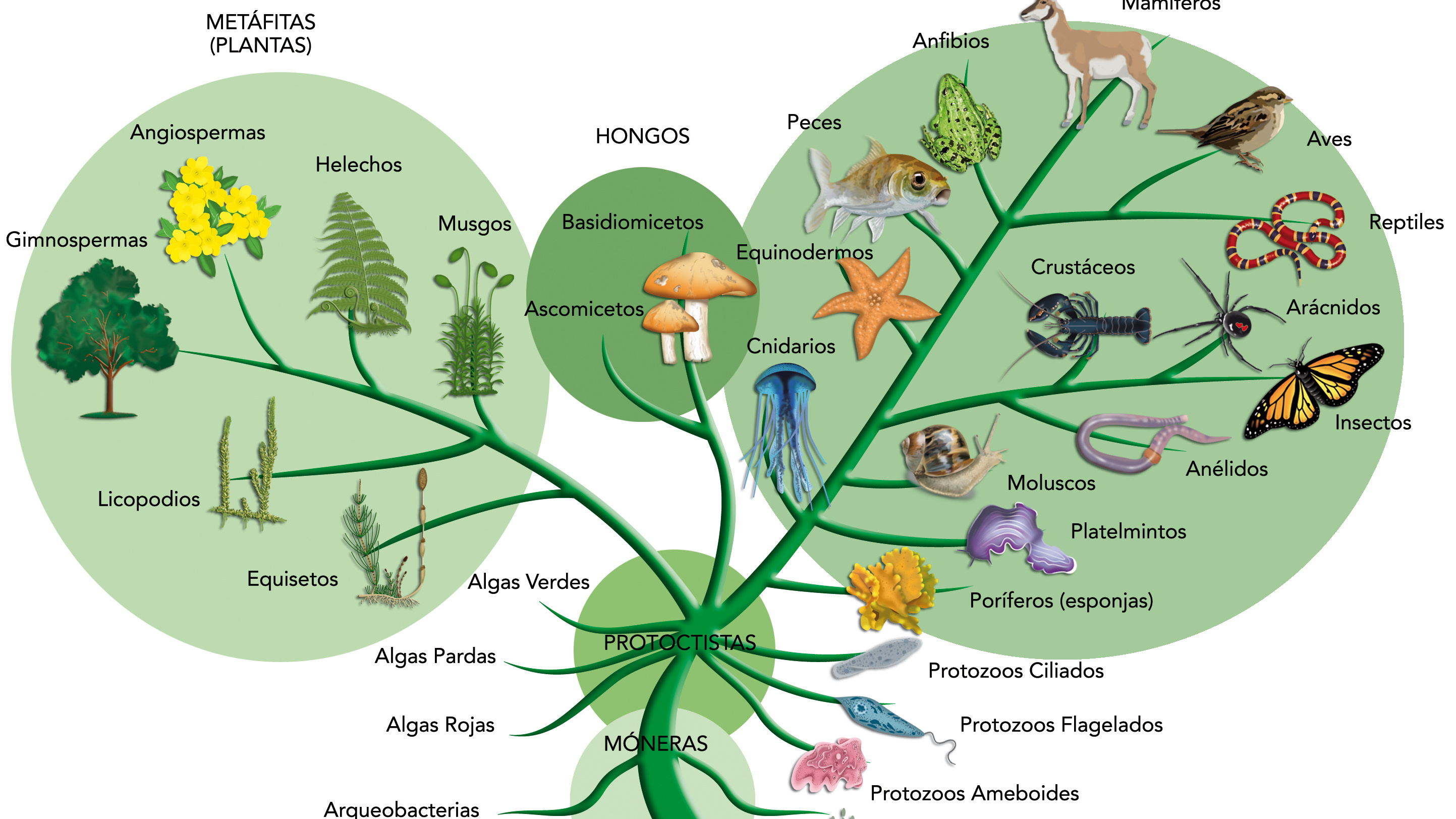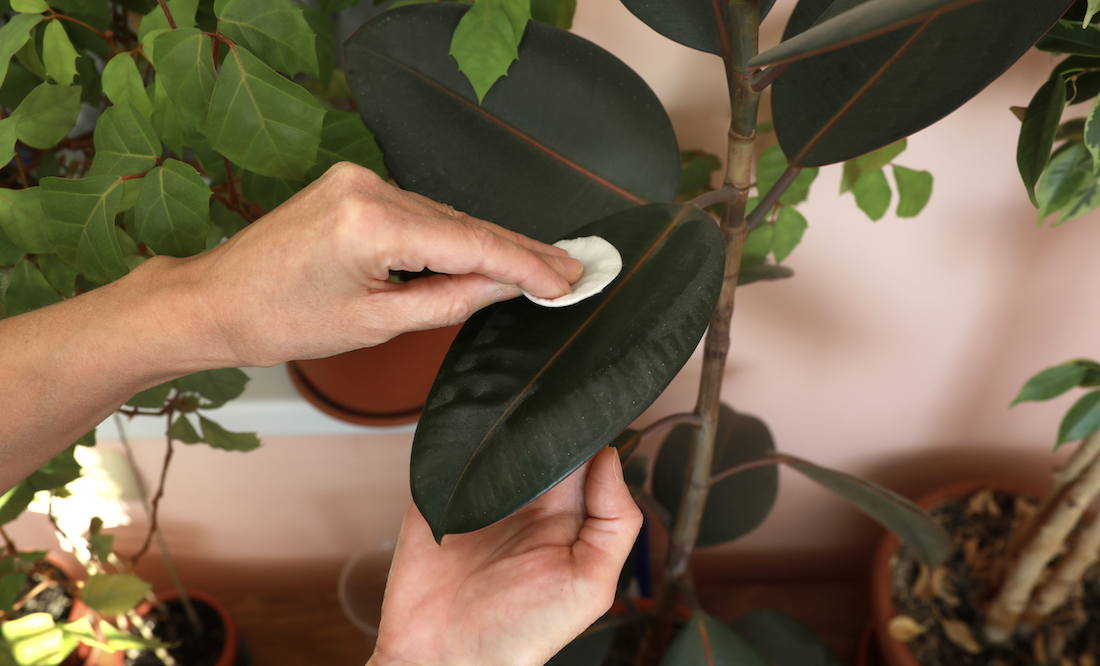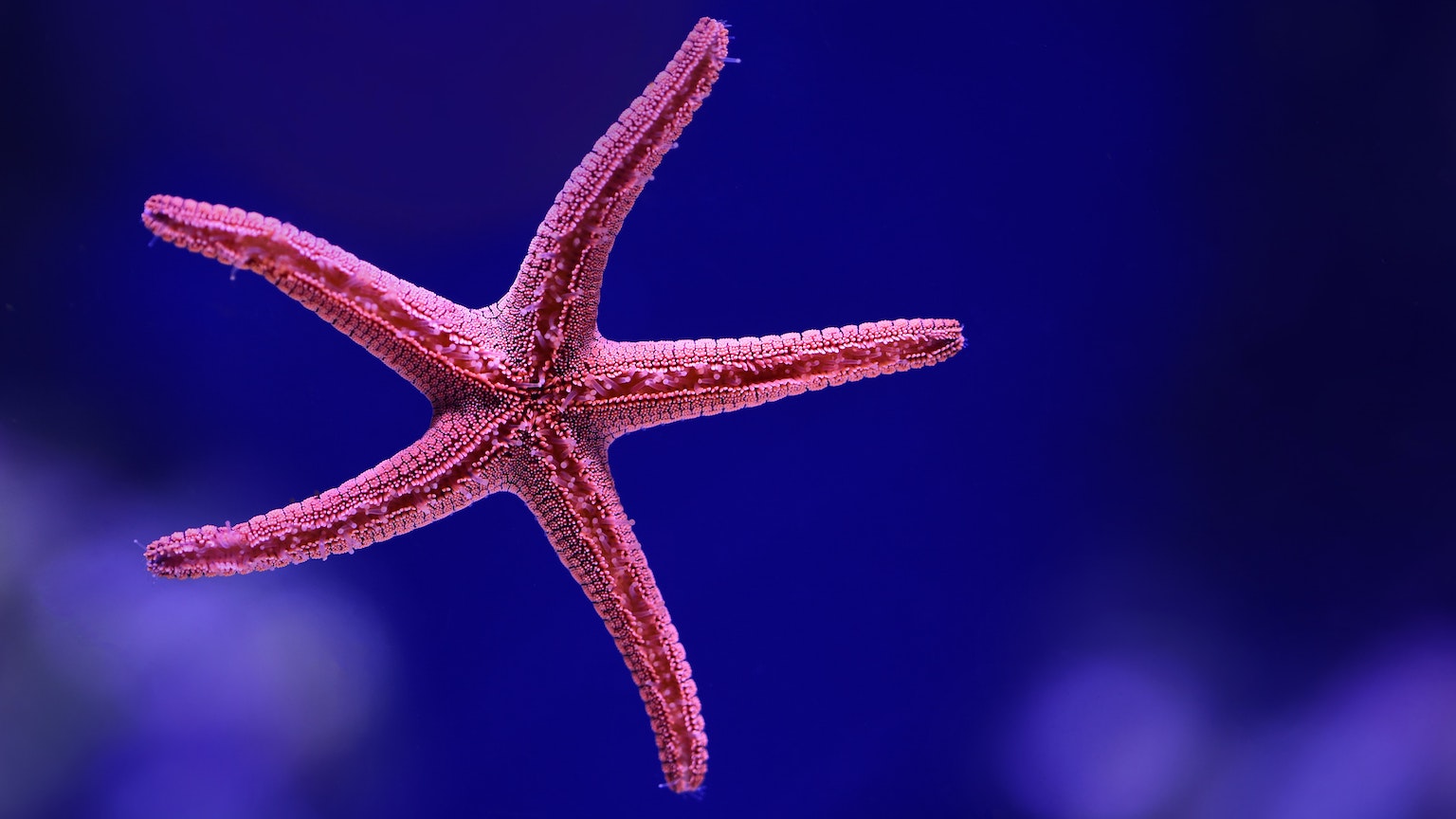Can we predict evolution?
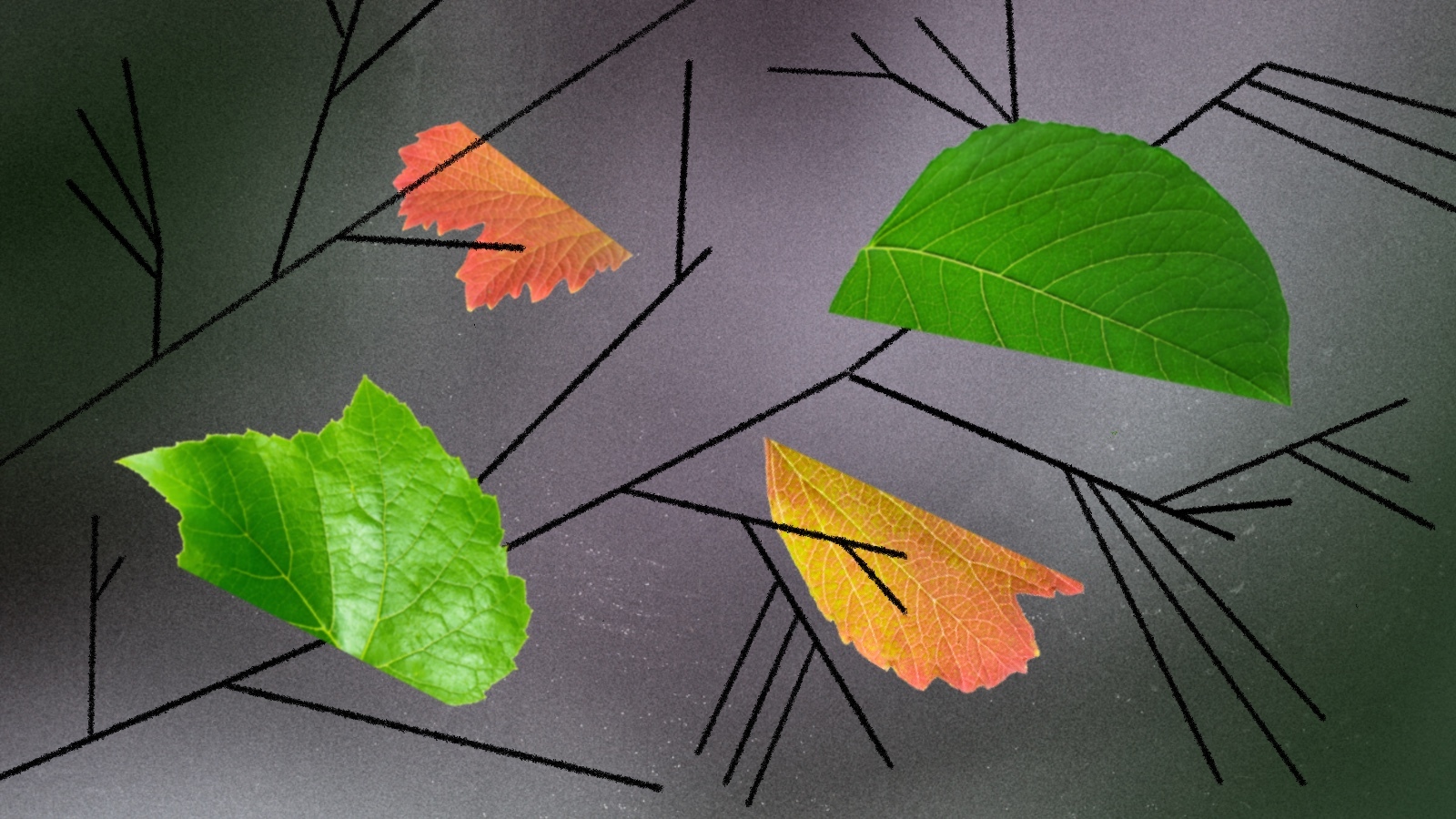
- Evolution has long been viewed as a largely unpredictable process, influenced by chaotic factors like environmental disruptions and mutations.
- However, researchers have demonstrated cases in some organisms of “replicated radiation,” in which similar sets of traits evolve independently in different regions. Now, researchers report the first evidence for replicated radiation in a plant lineage.
- As biology learns more about phenomena like replicated radiation, we might be able to predict the course of evolution.
Evolution has a reputation for being unpredictable, yet orderly. With mutations and the environment playing huge roles, it seems that predicting which species will evolve which traits is much like guessing the roll of a single die with millions of faces.
However, in some cases, researchers have found that the die rolls the same way again and again. A combination of separate organisms’ natural development and the environmental pressures placed on them can create very similar forms, or ecomorphs. Researchers call this phenomenon replicated radiation. (Sometimes, the term adaptive radiation is used synonymously.)
A fictional example might help clarify. Suppose five different groups of SpongeBobs are suddenly separated, spreading geographically into five other regions in the ocean, with no chance of interacting again. Speciation then occurs over millions of years in each of the five areas. But instead of producing novel forms in each of the five regions, the new species of SpongeBob all differ from the original group in a similar way.
For example, if the original SpongeBob species is yellow and square, perhaps all five new species — each evolving independently — have become orange and round. Being orange and round, it turns out, helps the new species adapt to similar environmental conditions that are present in all these regions. This means that the combination of natural organismal development and some environmental pressure produced a similar form five times. The dice were rolled in each area, and they always gave the same number.
In a new paper published in the journal Nature Ecology & Evolution, an international group of researchers demonstrated that a plant lineage living in 11 geographically isolated regions independently evolved new species with similar leaf forms. This marks the first example of replicated radiation in plants, and the groundbreaking research gives us more insight into the possible future workings of evolution.
The travels of a mountain plant
Oreinotinus is a member of Viburnum, a group of shrubs or trees that you have probably seen planted around North American towns. Viburnum species have branches adorned with lime-green leaves and topped with small, white flowers that give off a pleasant, nutty aroma. The group, which lives in mountainous regions, spread south from Mexico into Central and South America around 10 million years ago.
Different species of Oreinotinus have different types of leaves. Simply put, some have a large, hair-covered leaf, and others have a smaller, smooth leaf. Originally, experts postulated that both leaf forms evolved early in the group’s history and then dispersed separately through various mountain ranges, carried perhaps by birds. But the distribution pattern of the species, combined with the striking differences in leaf traits, gave researchers an ideal system to explore the possibility that these leaf forms evolved independently across different regions. In other words, they could explore whether this was a case of replicated radiation.
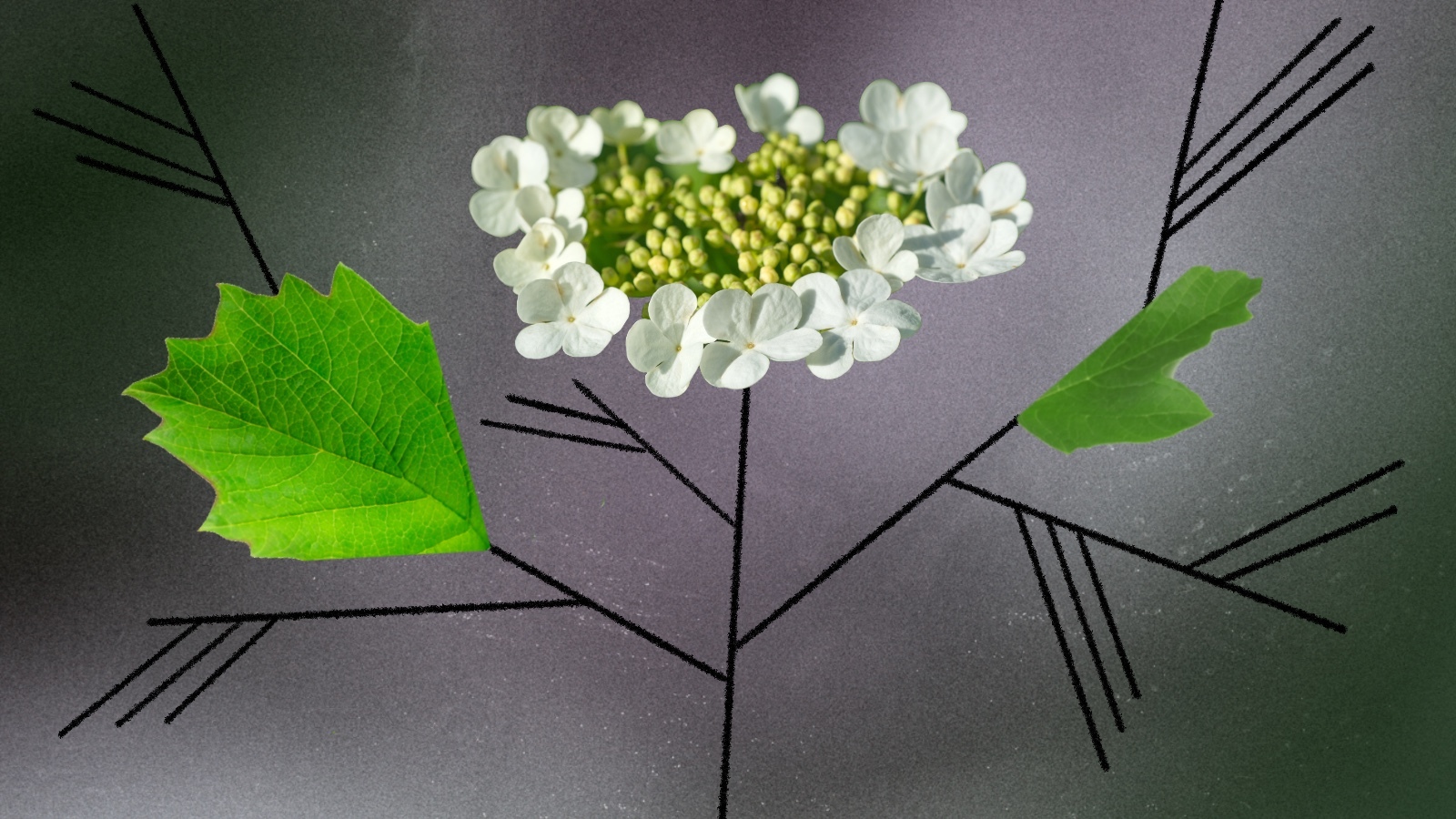
The researchers identified 11 mountainous areas, each of them containing a unique, endemic species of Oreinotinus. All the areas are separated by lowland barriers that block plant dispersal — barriers such as the Isthmus of Panama, the Caribbean Sea, or the Isthmus of Tehuantepec. The researchers studied 40 Oreinotinus species, and only four of them are present in more than one of the 11 areas. To trace the evolutionary history of the leaf forms, the researchers examined the species’ relationships to one another (phylogeny), their geographic distribution, and the leaves themselves.
If replicated radiation is occurring, the researchers would expect two key results. First, species in the same area should be more closely related to each other than to species in different regions. Second, similar leaf traits should be present in most areas, but they should evolve independently of one another.
Turning over the same leaf
As Oreinotinus diversified, four major leaf types evolved independently from an ancestral leaf form. The four forms varied in size, shape, margin — that is, whether the edge of the leaf is smooth or toothed — and the presence of leaf hairs. The study grouped the leaves into four types. The researchers also backed up their assessments with a statistical analysis based on these characteristics.
Nine of the 11 areas harbor at least two leaf forms; four areas include three forms; and one, Oaxaca, is home to four. Based on simulations and models, the authors rejected the simple evolutionary model in which the leaf forms evolved before the species dispersed. They also found that chance alone does not likely explain why nine areas of endemism host two or more leaf forms. Based on these lines of evidence, the team concluded that leaf forms evolved separately within multiple regions. The leaf morphs did not originate early in Oreinotinus evolution. Rather, as different lineages diversified within different areas, each lineage “traversed the same regions of leaf morpho-space.”
Leaves do not change randomly — different leaf forms have differing functions. We know that a leaf’s size and shape influence light capture, thermoregulation, and the efficiency of photosynthesis. Leaf hairs help regulate the leaf’s temperature, influence photosynthesis, and protect leaves from herbivores.
So what is this clade telling us when it evolves different leaf forms? As it turns out, different leaves provide different advantages that suit particular climate niches. For example, the smaller leaves would allow more precise thermoregulation — the leaf won’t get too hot or too cold as the weather changes. On the other hand, large leaves would be better for lower-light, frequently cloudy environments, because they improve light capture and make photosynthesis more efficient. So the different leaf ecomorphs are adapted to specific sets of subtly different but often adjacent environmental niches.
Essentially, the researchers propose that as Oreinotinus spread southwards, geographic separation yielded different species with very similar ecological functions and traits. Later, speciation occurred within the different regions to produce repeated adaptive shifts in leaf form.
The future of evolution
Researchers can now add Oreinotinus to an exclusive list of other groups of organisms known to have undergone replicated radiation, such as Anolis lizards in the Caribbean, cichlid fishes in African rift lakes, and spiders in Hawaii.
With a plant on the list, evolutionary biologists know this is not a trend exclusive to animals isolated on islands, where most of the other examples come from. Like island archipelagos, the cloud forest environments of Oreinotinus are separate from one another. A plant example will help evolutionary biologists pinpoint the broad circumstances under which we can make solid predictions about evolution.

Studies of replicated radiation are not the first efforts to tease out the mechanisms behind evolution. Some researchers, though, look to the future rather than the past. In a notable 2013 study, researchers bred the bacteria E. coli for six months — equivalent to 1,200 generations for the fast-growing organisms. Soon, most bacteria began to specialize in one of the two food sources available — acetate (vinegar) or glucose (sugar). They restarted the cycle twice and found that the proportions of acetate specialists and glucose specialists were the same in all three iterations. Notably, these similarities were mirrored in the genetics of the bacteria. In all three experiments, mutations in the bacterial metabolic pathway led bacteria to develop either a sweet or a sour tooth.
Whether it’s Darwin’s finches, Oreinotinus, or a group of sugar-hungry E. coli, we are all subject to the mysterious workings of evolution. But perhaps, as a diverse set of research groups work to tackle the problem, the mystery will fade. As Michael Donoghue, a co-corresponding author of the Oreinotinus study, said in a statement, “Maybe evolutionary biology can become much more of a predictive science than we ever imagined in the past.”

